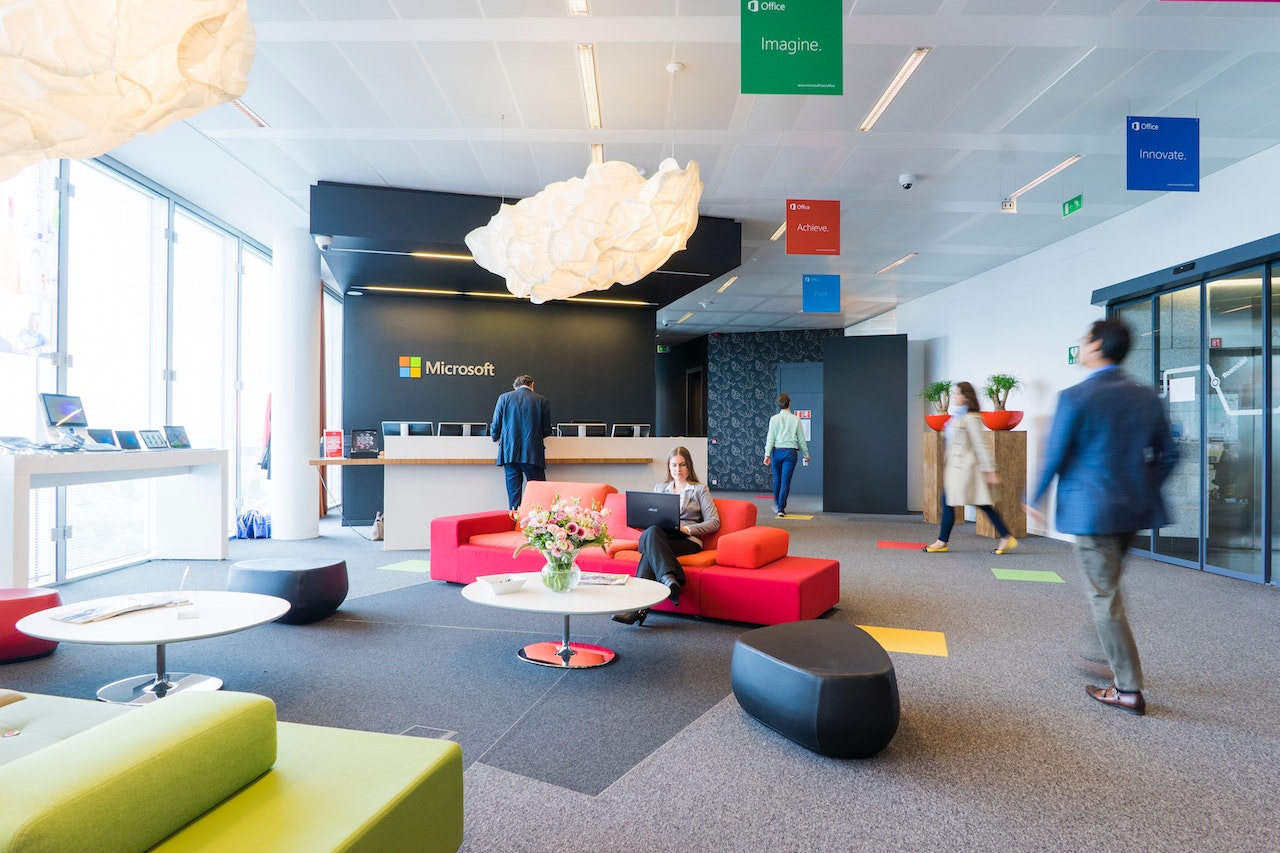It’s important to know that a working environment will never be perfect for everyone. As managers, we want the best staff in our teams and that brings different personalities, ways of working, and requirements to the team. That doesn’t mean that the workplace culture and setting can’t be beneficial with some careful thought and consideration.
What is a working environment?

In short, a working environment is the location where staff work when hired by a business. This is defined in the employment agreement as to hours, location, and other details. It should provide all the equipment and resources needed for an employee to complete their work.
For many workers, the office, or open office work environment, is where they will be based. Remote working has become a popular option for many, which changes the dynamic a lot, but there are traits and characteristics that people find good or bad. These should be taken into account when creating an inclusive work environment.
Is this the same as workplace culture?
Workplace culture is different from the working environment, but the two are related. The workplace will have its own feel and atmosphere, but how people react while inside will change that feeling. These actions, how people talk and interact, will all add to the workplace culture.
More engaged employees will show more interest in the workplace culture and make the working environment a more positive and welcoming place to be. You might want to focus on one factor or area at a time, but because everything is so closely tied together, big changes won’t be seen until work has been made in every area and staff buy into what’s being done.
What Can You Do To Create An Inclusive Work Environment?
The things you can do with the working environment will depend on the space you have, how it is used and what the business does. Your goal is to ensure as many people as possible can work in the way that suits them, thus getting the best results on every task.
Working conditions can be flexible in some ways, so long as they don’t become a detriment to the company overall. To really create an inclusive work environment, the best approach is to speak to your staff and understand what they need or look for. Especially for remote workers you’re trying to bring back to the workplace, this can help. Think of the changes you can make to the physical surroundings and the workplace culture to provide the best working environment.
1. Encourage Communication And Discussion

One way to improve the working environment for everyone is making sure they can communicate properly. This doesn’t mean shouting across the room or sending hundreds of emails, but having a real discussion. This makes communication more effective, as body language and tone can be taken into account. It also helps build relationships between staff.
Create discussion areas where this noise will be less distracting to the people who prefer silence. Also make sure there’s time for personal conversations to help staff get to know each other better. This makes it easier to have conversations in the future.
2. Creating Different Working Environments

Some people like the hustle and noise of a busy workplace; the conversations, general noises, the office radio, and more. They like feeling like they are a part of a vibrant working environment.
Others prefer silence, focusing on their work without distraction. This is a very difficult balance to create, especially for a small business or an open plan office.
However, even by dividing the space in half, you can create a boundary that lets people work where they need. You might not eliminate every noise, but they will be quieter. You can look at pods or other areas where staff can go to focus when they need to - which is great for those who need a balance of both working conditions.
3. Provide Development Opportunities
When an employee is disengaged or feels unvalued, their mood will affect others. This changes how the working environment feels, and is something to address as soon as possible. One way to do this is to find ways to increase employee engagement, and a great option is to focus on their development.
Whether through training or learning opportunities, you can make staff feel valued, like they have a place in the business going into the future. This can reinvigorate them, which will be felt throughout the company.
4. Focus On Collaboration

An inclusive work environment is built upon equal footing for everyone, and the goal is to encourage collaboration rather than competition. When staff work together, there’s a shared goal - and a sense of community that eventually becomes a celebration of everyone’s efforts. This is a feelgood moment for everyone, which can transform the workplace culture into positivity.
With this in mind, friendly competition can help some people push themselves to even greater heights. You can find a balance with these employees, as long as they know where the priorities lie.
5. Be Honest And Respectful
The best way to improve the workplace culture, and therefore create an inclusive work environment, is to be respectful of every employee. That means accepting differences in personality, background, opinion, and the working conditions they need. By doing what you can to accommodate the changes they need, you will be showing them you care. This makes them feel valued, improving their loyalty to the business and improving their productivity.
Instil these values in every employee. You might not erase all workplace conflicts, but they will be easier to resolve. Staff won’t feel the need to tiptoe around each other, and instead have the confidence to discuss their differences to find the best solution.
How People React To Different Working Conditions
Even with all the changes you make to the working environment, whether around the culture or physical space, some people will still feel uncomfortable with being in that place. While they might be performing at an acceptable level, you can do more to help them maximise their potential.
Online training courses can help with this. It won’t completely change how they are or what they look for, but by focusing on developing skills and resources, they can be more impactful while at work - and get more out of the inclusive work environment you’re trying to create. These courses include How To Be A High Impact Introvert At Work, Building Your Resilience At Work, and The Assertive Professional.
Reaping The Rewards From An Inclusive Work Environment
With an inclusive work environment, your staff will feel more at ease when they come to work - and be able to perform at their best. This will help professional relationships develop, targets be met, and encourage the business to continue to grow. Whether they need specific working conditions or a dedicated training course, providing the resources will make them feel valued and more motivated to succeed in your company.
To find out more about how our training courses can help your staff in their working environment, get in touch with our team

